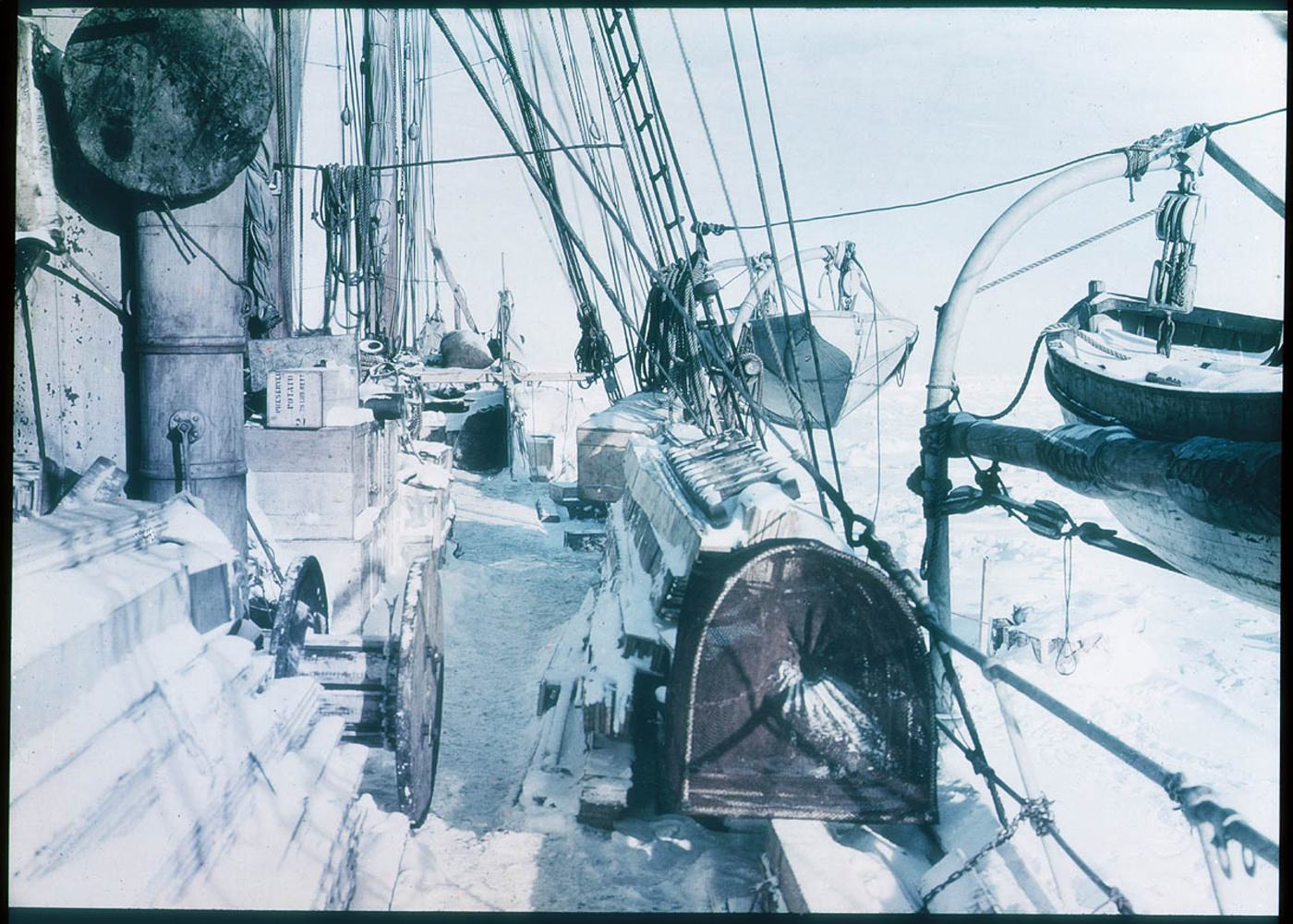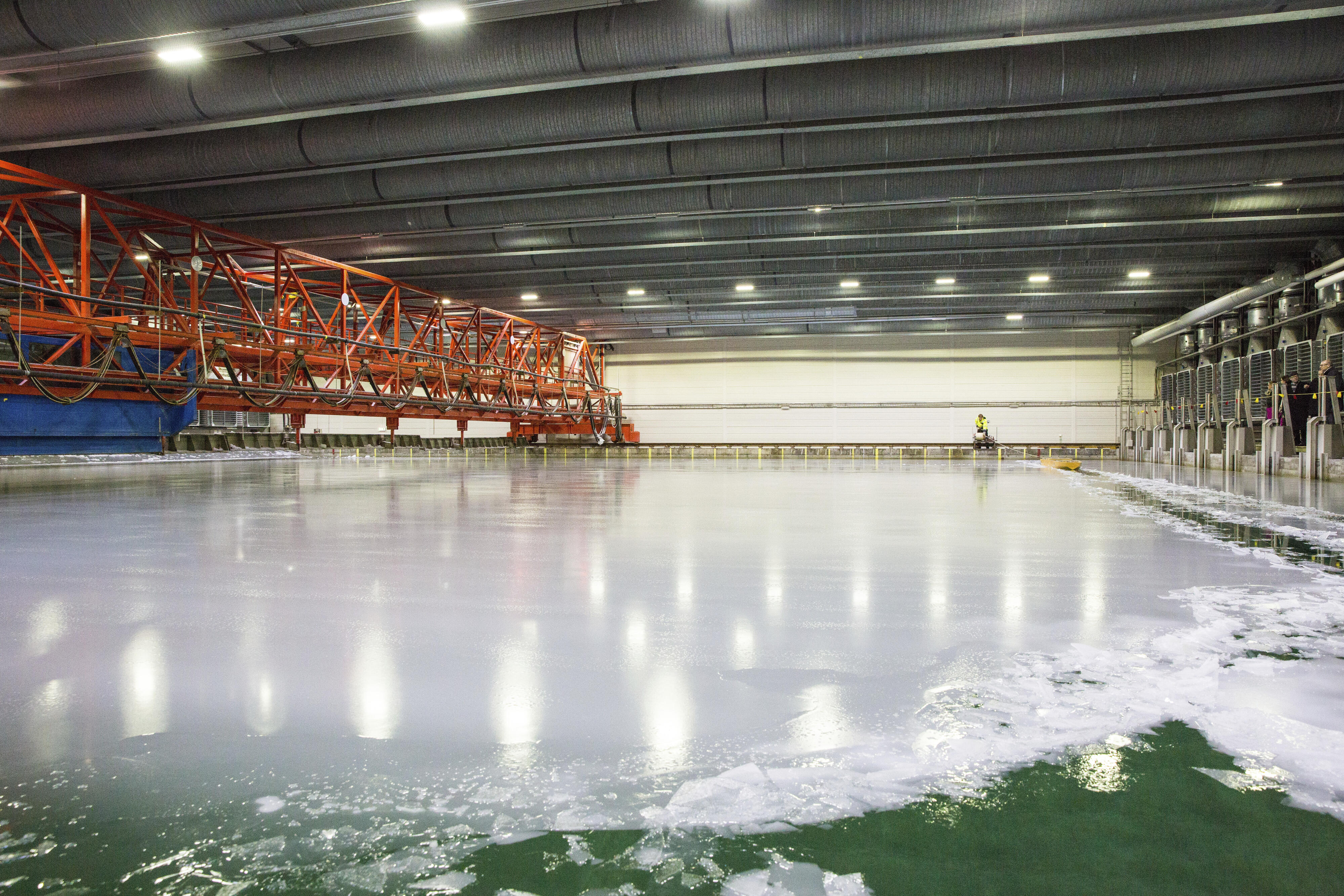Was the legendary sinking of Endurance in 1915 due to a string of bad luck or a series of fatal design flaws and risky decisions? New research suggests that Sir Ernest Shackleton’s famous polar tale of survival and heroism may have been doomed before the ship even left the port.
The story of the Endurance is an archetypal tale of the Heroic Age of Antarctic Exploration. It began in 1914 when the three-masted ship set sail to the South Pole, led by Shackleton, with the intention of making the first land crossing of Antarctica.
By early 1915, they had reached the Weddell Sea after a long and treacherous voyage, but things quickly went south. The ship had become stuck within the dense pack ice around 100 kilometers (60 miles) from the Antarctic coast. They remained trapped here for months, slowly drifting with the icy terrain, unable to free themselves. Eventually, in October 1915, the pressure from the ice began to crush the vessel like a soda can.
Now, a researcher and polar explorer from Aalto University in Finland has reexamined the story with the help of modern engineering, analyzing the ship’s design, ice mechanics, and crew correspondence to uncover what really happened.

The deck of the “Endurance” after it ran into trouble in the Weddell Sea.
Their findings reveal that Endurance was significantly weaker than other polar vessels of its time – and that Shackleton may have known it.
“Shackleton knew about this. Before he set off, he lamented the ship’s weaknesses in a letter to his wife, saying he’d exchange Endurance for his previous ship any day. In fact, he had recommended diagonal beams for another polar ship when visiting a Norwegian shipyard. That same ship got stuck in compression ice for months and survived it,” said study author Jukka Tuhkuri, professor of solid mechanics at Aalto University, in a statement.
When built in 1912, Endurance was considered the strongest wooden ship ever built and the “strongest polar ship of its time”, but Tuhkuri found that the vessel suffered from several design shortcomings, including weaker deck beams and frames, an unusually long machine compartment that weakened a critical part of the hull, and the absence of diagonal bracing that could have helped it withstand crushing ice.
The study notes that the vessel was not built for Weddell Sea pack ice conditions, nor for polar winter at all, but rather for carrying tourists around the Arctic during the milder summer months.

Aalto University’s Ice and Wave Tank was used to understand how ice dynamics can impact ships.
Image credit: Aalto University
While it might seem reckless for Shackleton to proceed with his expedition knowing these flaws, Tuhkuri notes that big risks were common in the early days of polar exploration.
“Early polar exploration was a high-risk activity, and I assume everyone involved understood it. I recall that the death rate was about three percent. So we may think that it was not that unusual to accept that a ship may not be absolutely safe,” Tuhkuri told IFLScience.
Previous explanations suggest that the Endurance was lost because ice tore away the rudder, but this new research indicates that the final nail in the coffin was the compacting ice tearing off the keel, which is like the “backbone” of the ship’s hull. This ultimately caused the vessel to be crushed and drop to the seabed.
After it had sunk, Shackleton and his crew survived on the ice for months before embarking on a perilous journey in lifeboats to reach safety. Against all odds, the 28 crew members of the Endurance managed to survive the ordeal. It wasn’t until 2022 that the shipwreck of Endurance was discovered at a depth of 3,000 meters (almost 10,000 feet) in the Weddell Sea.
The new research adds nuance to this incredible story, showing that while Endurance may have been flawed from the get-go, the courage of Shackleton and his crew remains undeniable.
“I think the Endurance story is still a tale of triumph over disaster […] Shackleton and all his men were brave and understood that by doing their part and helping the others, everybody can get back home,” Tuhkuri told IFLScience.
The new study is published in the journal Polar Record.
Source Link: New Theory Reveals Shackleton’s Legendary Ship "Endurance" Was Doomed To Sink In 1915